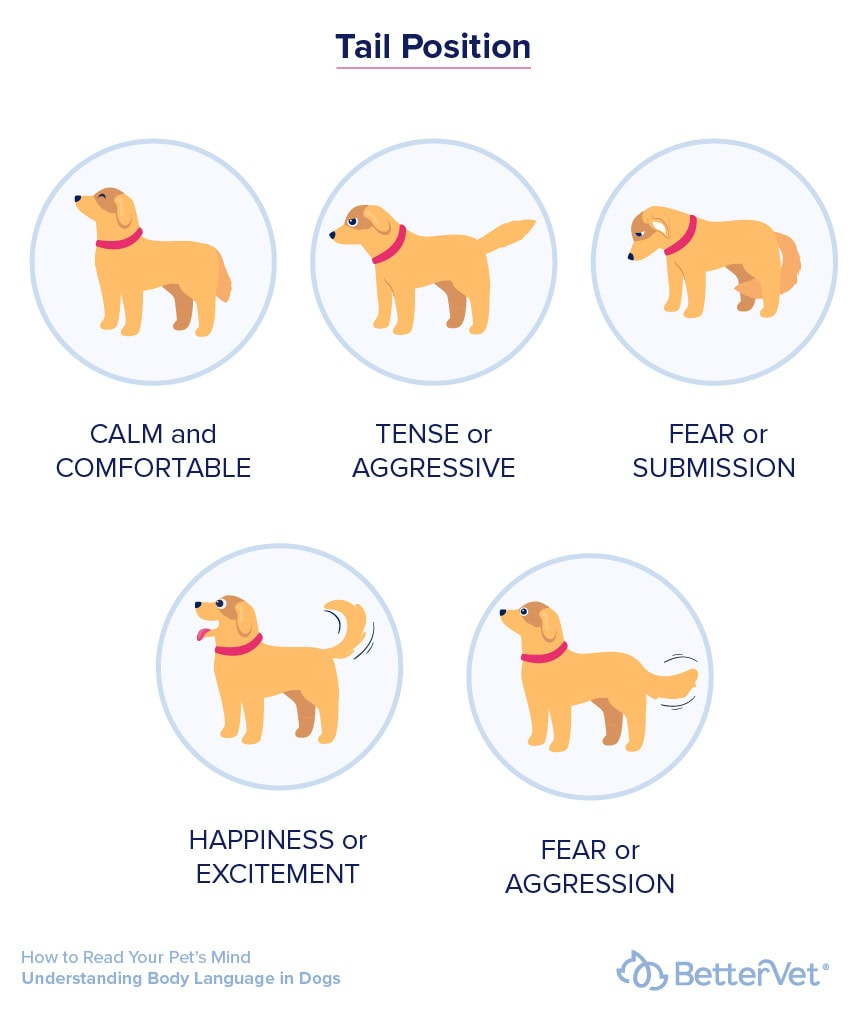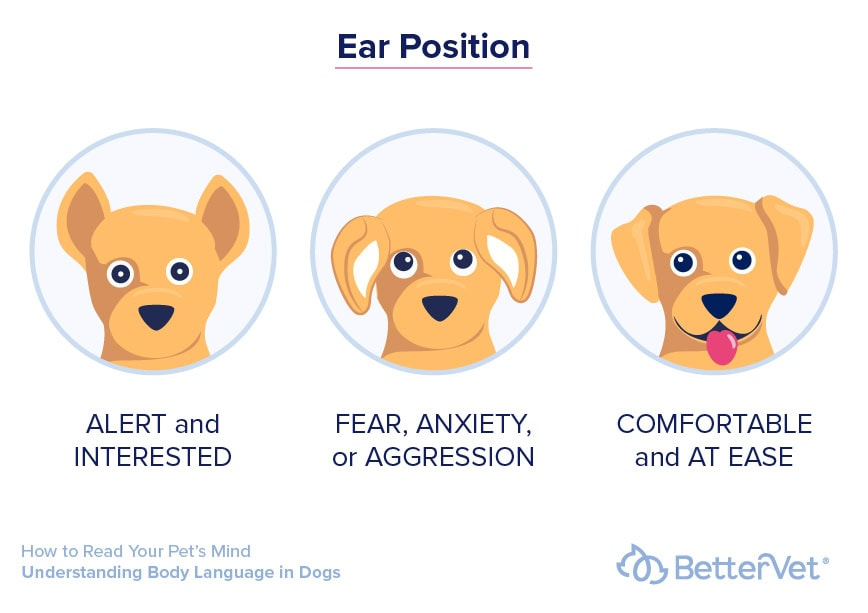


Understanding your dog’s body language is crucial for building a strong bond and identifying early signs of stress, discomfort, or illness. In this guide, we’ll explore how to read your dog’s ears, eyes, tail, and posture, as well as behavioral cues like licking, yawning, or pacing. Whether you're new to pet parenting or want to deepen your connection with your pup, this article covers the essentials. Brought to you by Petsona,Hong Kong’s first personalized dehydrated dog food brand that combines science and convenience for daily health.
Dogs rely on body language far more than vocal cues to communicate. Understanding their posture, facial expressions, and behaviors allows pet parents to respond to their dog’s needs, reduce stress, and prevent behavioral issues. Just like nutritional needs vary from dog to dog, so does communication,every pup is unique, and learning their signals strengthens your relationship.

Dogs express emotions through the position and motion of their ears, eyes, and tails:
Understanding how these parts work together provides a clearer picture of your dog's mood.


Look out for behaviors like sudden withdrawal, excessive licking, changes in eating habits, or hiding under furniture. Dogs may also become aggressive when they're in pain or exhibit repetitive behaviors like pacing or whining. These signs can be early indicators of illness or chronic discomfort. When in doubt, always consult a veterinarian.
Watch out for subtle signs that your dog may be experiencing discomfort or illness:
If any of these behaviors persist, consult your veterinarian to rule out medical issues.

Dogs experience stress for many reasons, including changes in environment, loud noises, or being left alone. Signs of anxiety include panting, drooling, yawning, trembling, and destructive behavior. Addressing these signs early through behavioral enrichment and proper nutrition can help.
Common stress signals include:
To help ease your dog’s stress:

This article provides a detailed guide to reading dog body language, covering the meanings of ear, tail, and eye movements; signs of stress and illness; and practical ways to support your dog’s wellbeing. For Hong Kong pet parents, learning to decode canine cues is essential for early illness detection and emotional care. Petsona’s science-backed, personalized dehydrated meals further promote both physical and mental wellness. Whether your dog is anxious, sick, or just a mystery, this guide helps you understand their unspoken language.
1. How can I tell if my dog is stressed?
Look for subtle signs like yawning, lip licking, pacing, or avoiding eye contact. These behaviors often occur before more noticeable signs like barking or hiding. Recognizing early stress cues allows you to take action, such as providing a calming environment, sticking to routines, or offering interactive play.
2. Are certain body language signs always the same for all dogs?
No, body language varies by breed and personality. For example, a naturally curly tail may look "raised" even when relaxed. It's important to observe your own dog over time to learn what’s normal for them. Breed-specific traits and individual temperament play a huge role in communication.